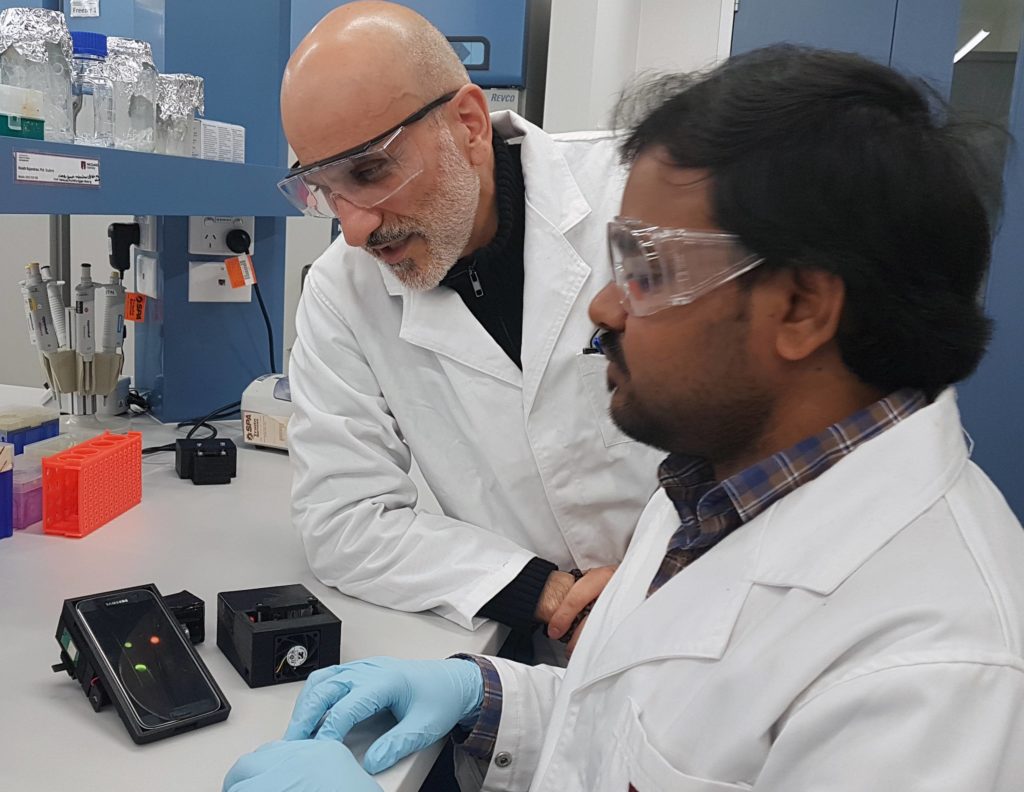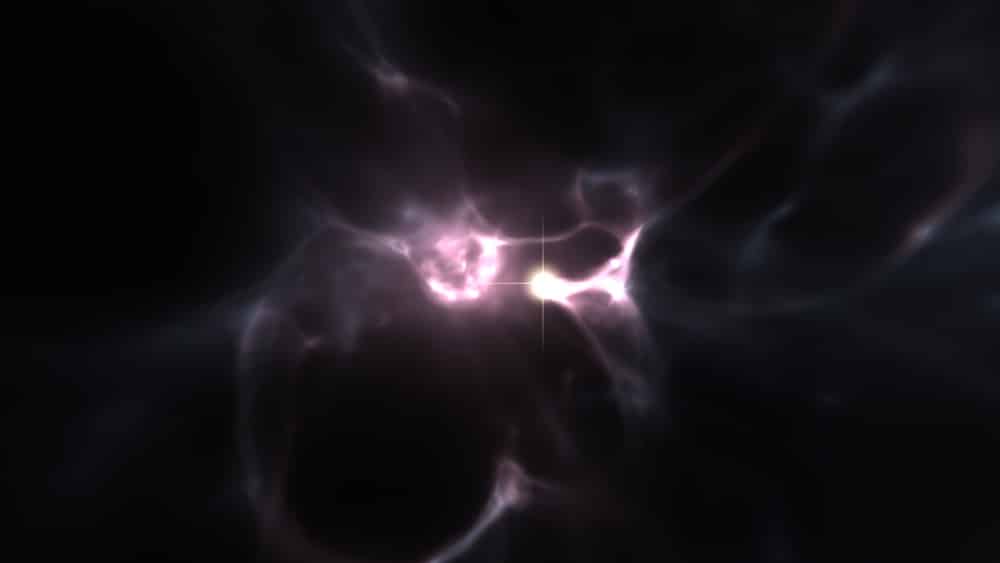Australian scientists develop cheap and rapid way to identify antibiotic-resistant golden staph (MRSA).

Credit: Sunna Lab
A combination of off-the-shelf quantum dot nanotechnology and a smartphone camera soon could allow doctors to identify antibiotic-resistant bacteria in just 40 minutes, potentially saving patient lives.
Staphylococcus aureus (golden staph), is a common form of bacterium that causes serious and sometimes fatal conditions such as pneumonia and heart valve infections. Of particular concern is a strain that does not respond to methicillin, the antibiotic of first resort, and is known as methicillin-resistant S. aureus, or MRSA.
Recent reports estimate that 700 000 deaths globally could be attributed to antimicrobial resistance, such as methicillin-resistance. Rapid identification of MRSA is essential for effective treatment, but current methods make it a challenging process, even within well-equipped hospitals.
Continue reading Using quantum dots and a smartphone to find killer bacteria










